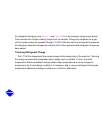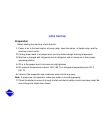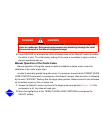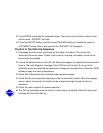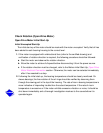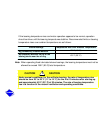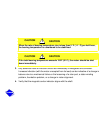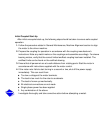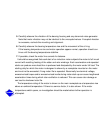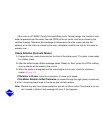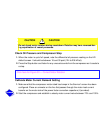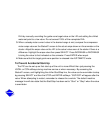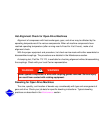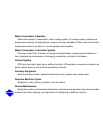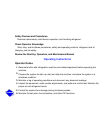
5. Carefully observe the vibration of the bearing housing and any abnormal noise generator.
Note that motor vibration may not be identical to the uncoupled values. If coupled vibration
is excessive, recheck the mounting and alignment.
6. Carefully observe the bearing temperature rise and the movement of the oil ring.
If the bearing temperature rise and motor operation appear normal, operation should con-
tinue until the bearing temperatures stabilize.
7. If possible, check the motor line currents for balance.
It should be recognized that each start of an induction motor subjects the motor to full inrush
current with resulting heating of the stator and rotor windings. Each acceleration and repeated
starts can produce more heat than is produced and dissipated by the motor under full load. The
starting duty for which the motor is designed is shown by a nameplate mounted on the motor
and must not be exceeded, if long motor life is expected. Abnormally low terminal voltage,
excessive load torque and/or excessive load inertia during motor start-up can cause lengthened
acceleration times during which rotor ventilation is reduced. This can cause rotor damage or
can lead to shortened rotor life.
The temperature rating of the motor is shown on the main nameplate as a temperature rise
above an ambient temperature. If there is a service factor, it is also shown. If the motor
temperature switch opens, an investigation should be made before further operation is
attempted.



